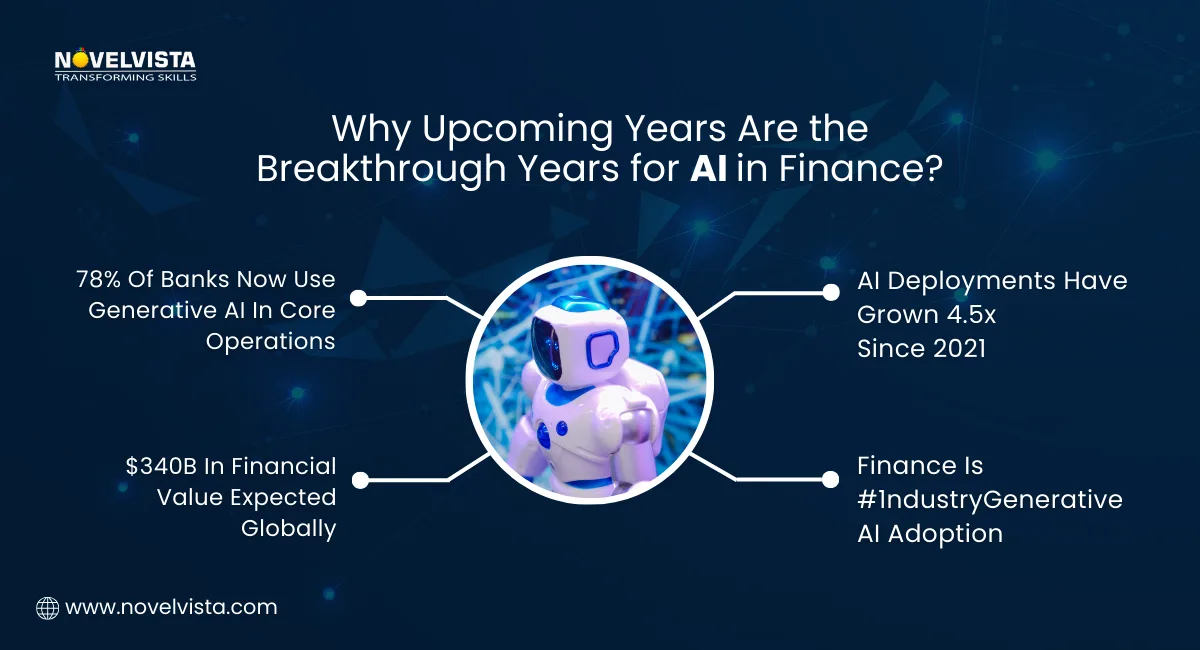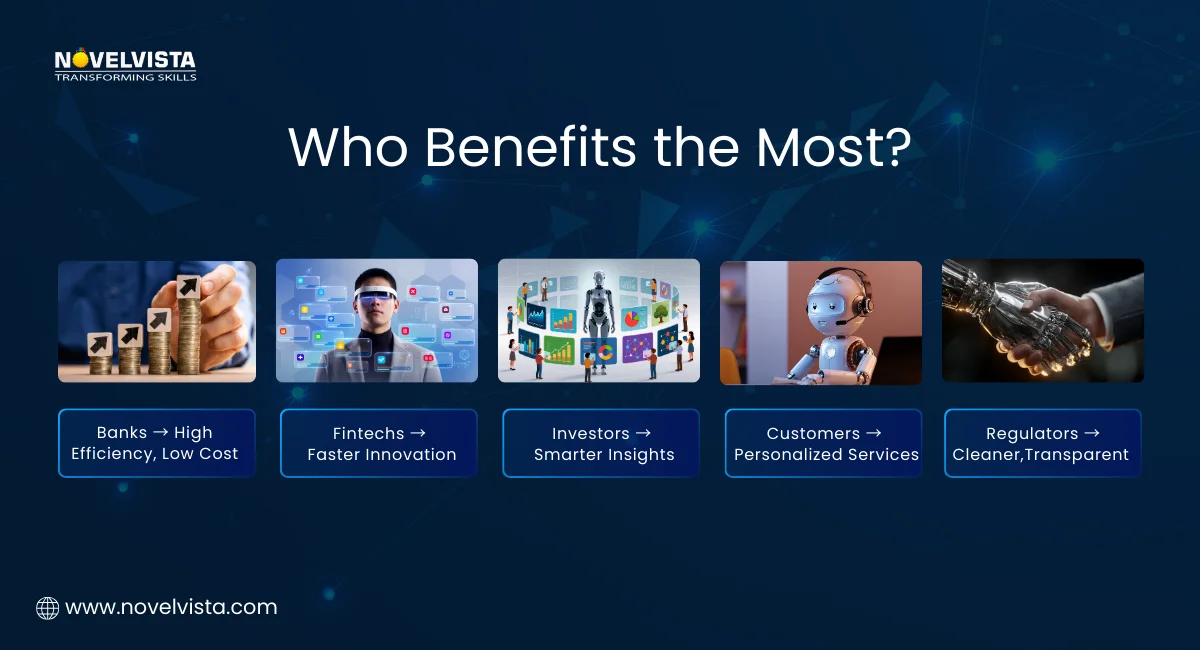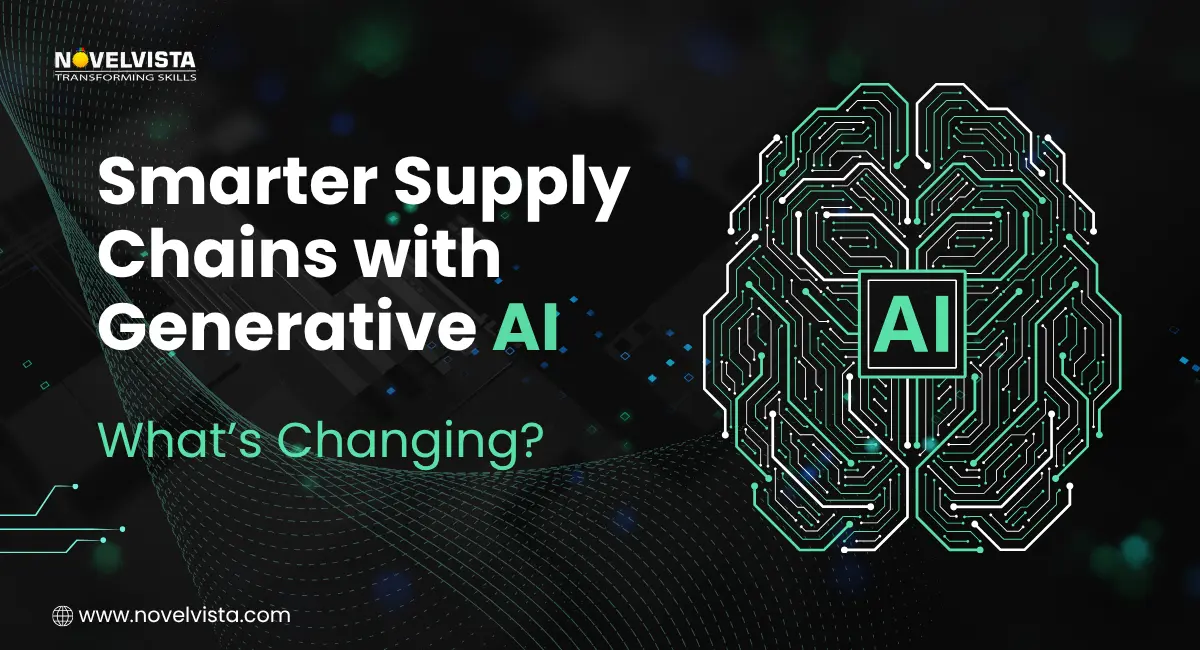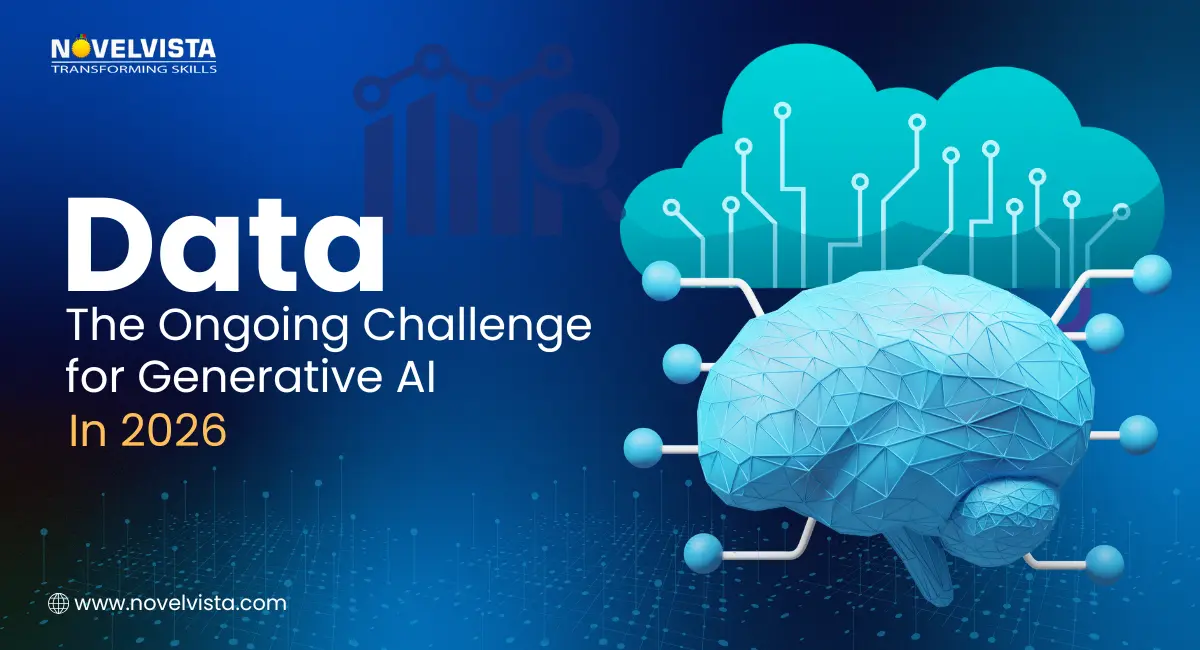- What Is Generative AI in Finance?
- How Generative AI Is Transforming the Finance Industry in 2026
- Security, Fraud & Risk Intelligence
- Smarter Decision-Making & Market Intelligence
- Operational Efficiency & Financial Automation
- The Future of Generative AI in Finance: What’s Next?
- Conclusion: Why Generative AI in Finance Is the Game-Changer of 2026
The finance world in 2026 looks nothing like it did five years ago. Artificial intelligence, as we all expected, has become a key player. But one technology has taken the spotlight and redefined everything from risk modeling to fraud detection to customer service: generative AI in finance.
If 2024 was the year of experimentation, 2026 is the year of full-scale adoption.
According to Deloitte’s 2025 AI Market Study, 78% of financial institutions have already integrated generative AI into at least one core business function, and 61% plan to expand its enterprise-wide use this year. Even more surprisingly, nearly $340 billion in financial value is projected to be unlocked globally through AI-driven automation, hyper-personalization, and cost optimization.
That raises a few important questions:
- Who exactly benefits from generative AI in financial services?
- Is it only for large banks and investment houses?
- Can small fintech startups, wealth advisors, insurers, and even customers leverage it?
- And most importantly—how is this technology reshaping the finance industry in 2026?
If you’re in banking, fintech, wealth management, risk, compliance, auditing, or cybersecurity, what you’re about to read is directly for you.
But before we explore its transformation, let’s build a quick foundation.
What Is Generative AI in Finance?
At its core, generative AI in finance refers to advanced AI models that don’t just analyze data; they generate new insights, predictions, simulations, documents, and solutions. Unlike traditional AI, which relies only on pre-labeled datasets, generative AI in finance produces human-like content and fully contextual recommendations. This is why generative AI in financial services is so powerful today: it can draft detailed financial reports, simulate complex market scenarios, generate investment insights, predict customer behavior, identify hidden fraud patterns, and even automate compliance documentation with exceptional accuracy. It’s not just automation, it’s intelligence that thinks, predicts, and creates.
If you’re new to generative AI or want a clearer foundation before diving deeper, you can explore our detailed breakdown of what makes generative AI unique.
How Generative AI Is Transforming the Finance Industry in 2026
Let’s break down the major shifts happening across the financial world today.
Hyper-Personalized Banking & Wealth Management
In the realm of hyper-personalized banking and wealth management, banks and fintechs have realized that customers no longer accept generic financial experiences. They now expect recommendations tailored to their spending habits, financial goals, and major life events. With generative AI in finance, institutions can finally meet these expectations by delivering deeply personalized credit advice based on cash flow patterns, income stability, and market conditions. At the same time, wealth advisors leverage generative AI in financial services to simulate various risk scenarios and create highly tailored investment portfolios. This technology also enables fully customized financial planning, generating predictive models that project 12-month trends or even 20-year financial outlooks aligned with each customer’s unique objectives.
Next-Level Fraud Detection & Prevention
Financial fraud has grown by nearly 30% annually since 2020, according to the Global Fraud Index, and traditional rule-based systems are no longer strong enough to keep up. This is where generative AI in financial services delivers a major breakthrough. It enables anomaly detection that goes far beyond traditional thresholds, generates synthetic fraud patterns to train stronger models, provides instant transaction risk scoring, and uses deep behavioral biometrics to identify subtle irregularities. With generative AI in finance powering these advanced capabilities, AI doesn’t just detect fraud, it predicts it before it happens. As a result, banks report that generative AI has reduced transaction fraud by up to 47% in 2026 alone.
Security, Fraud & Risk Intelligence
Intelligent Risk Modeling & Market Simulations
Risk modeling traditionally required massive datasets, multiple analysts, and weeks of manual work, but not anymore. With generative AI, analysts can now simulate thousands of market scenarios, evaluate portfolio volatility, predict credit risk, and generate detailed hypothetical stress-test results in a fraction of the time. The ability of generative AI in finance to create synthetic yet highly accurate market data has reduced analysis time by nearly 60%. This unprecedented speed advantage gives financial institutions a powerful competitive edge, enabling faster decision-making and more resilient financial strategies.
Automating Compliance, Audits & Reporting
The compliance world has always been weighed down by strict regulations and extensive documentation, but 2025 marks a major turning point. Thanks to generative AI in financial services, institutions can now automate critical tasks such as policy documentation, compliance gap analysis, internal audit summaries, regulatory reporting, and data classification for audits. Even KYC and AML processes are undergoing a transformation, with AI analyzing customer documents, extracting and validating information, and generating risk reports automatically. One major bank revealed it saved over 40,000 hours annually through generative AI–driven compliance automation.
Want to learn more about basics of generative AI? Check out: What Is Generative AI?
Smarter Decision-Making & Market Intelligence
Revolutionizing Customer Support with AI Advisors
While chatbots have existed for years, the chatbots of 2025 powered by generative AI are on a completely different level. These AI advisors deliver contextual answers, explain financial concepts in human-like language, provide voice-enabled guidance, support self-service loan inquiries, and operate with 24/7 availability. Today, 95% of Tier-1 financial institutions rely on AI-driven virtual assistants. Equipped with generative AI in financial services, these systems understand emotional tone, analyze customer intent, and personalize responses based on an individual’s financial history, creating a significantly more intuitive support experience.
Enhanced Algorithmic Trading & Market Predictions
Trading is one domain where generative AI in finance has sparked a complete transformation. Modern traders use AI to generate trading strategies, predict price movements, simulate market reactions, analyze billions of data points in seconds, monitor global sentiment, and create synthetic trading scenarios for deeper testing. According to MarketTech Insights 2026, AI-powered trading models now outperform traditional algorithms by nearly 23%. By simulating complex, unstructured real-world market conditions, generative AI gives traders unprecedented predictive power and strategic advantage.
To get a more technical yet easy-to-understand breakdown of how AI models actually generate predictions, reports, and simulations, you may also explore our guide on how the mechanics of generative AI work.
Operational Efficiency & Financial Automation
Streamlined Underwriting in Insurance & Lending
Generative AI has reshaped underwriting by enabling teams to auto-analyze risk profiles, generate complete underwriting reports, predict premium adjustments, detect misreported customer information, and create more accurate risk scores. This increased intelligence speeds up decision-making, reduces default rates, improves claim evaluations, and enhances overall pricing accuracy. Insurance companies report that underwriting efficiency has risen by 60% since adopting generative AI tools in 2026, making the entire process smarter and more reliable.
Strengthening Cybersecurity in the Finance Sector
Cyberattacks on banks and fintechs have skyrocketed by 200% since 2021, overwhelming traditional security tools. However, generative AI in financial services provides cybersecurity teams with powerful new defenses, including predictive threat modeling, AI-generated attack simulations, automated vulnerability scans, and real-time breach alerts. With the ability to simulate future cyberattack patterns, generative AI helps institutions stay ahead of rapidly evolving threats, significantly strengthening their overall security posture.
The Future of Generative AI in Finance: What’s Next?
By the end of 2026 and beyond, generative AI will evolve into:
✓ Fully autonomous financial advisors
Offering real-time investment rebalancing and portfolio optimization.
✓ Real-time regulatory AI engines
Ensuring instant compliance with global regulations.
✓ Real-time economic simulation platforms
Helping governments predict macroeconomic changes.
✓ AI-driven insurance ecosystems
Automatically evaluating claims, generating insights, and adjusting policies.
The future is intelligent, automated, and customer-centric.
Conclusion: Why Generative AI in Finance Is the Game-Changer of 2026
The transformation is clear: generative AI in finance is no longer a futuristic idea, it’s the backbone of the modern financial ecosystem.
From fraud prevention to risk modeling, from underwriting to customer engagement, from cybersecurity to trading, every part of financial operations is being reshaped.
Banks, fintech startups, insurers, wealth advisors, and customers all benefit from this evolution.
The organizations that embrace generative AI in financial services today will lead the industry tomorrow.
The question is not if but how fast you adopt it.
Ready to advance your career with cutting-edge AI expertise?
Join NovelVista’s Generative AI Professional Training and gain practical, real-world skills in prompt engineering, automation, and enterprise AI applications. Designed for professionals across IT, fintech, and business domains, this course helps you confidently apply generative AI to real industry challenges.
Frequently Asked Questions
Author Details

Akshad Modi
AI Architect
An AI Architect plays a crucial role in designing scalable AI solutions, integrating machine learning and advanced technologies to solve business challenges and drive innovation in digital transformation strategies.
Course Related To This blog
Generative AI Professional
Generative AI in Project Management
Generative AI in Risk & Compliance
Generative AI in Retail
Generative AI in Marketing
Generative AI in Finance and Banking
Generative AI for HR and L&D
Generative AI in Cybersecurity
Generative AI in Business
Generative AI in Software Development
Confused About Certification?
Get Free Consultation Call









